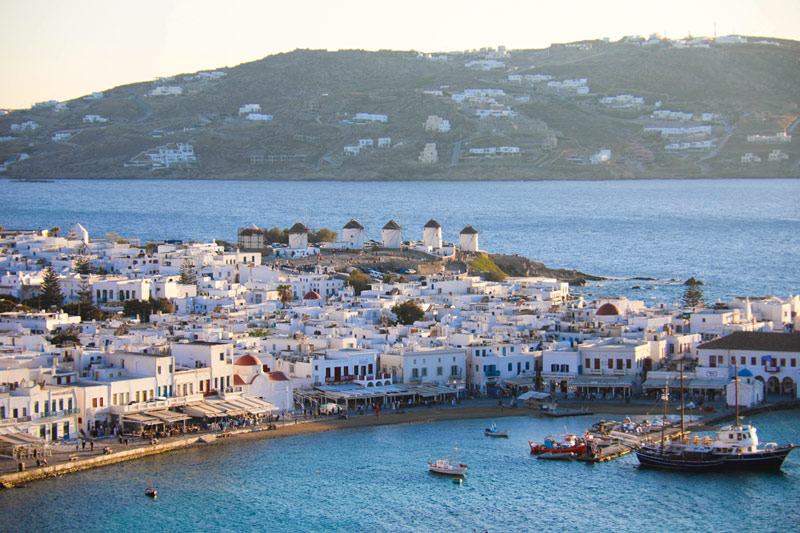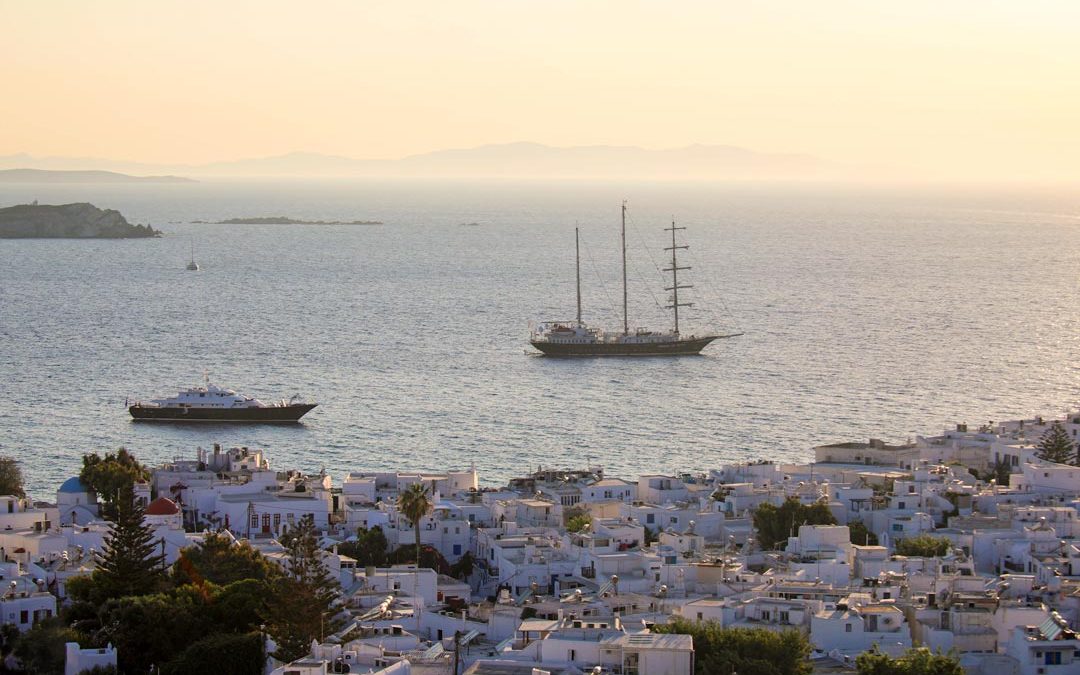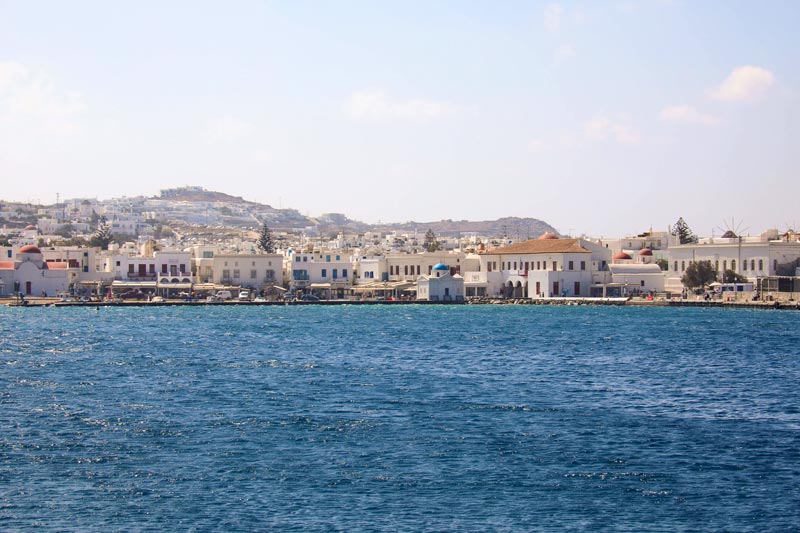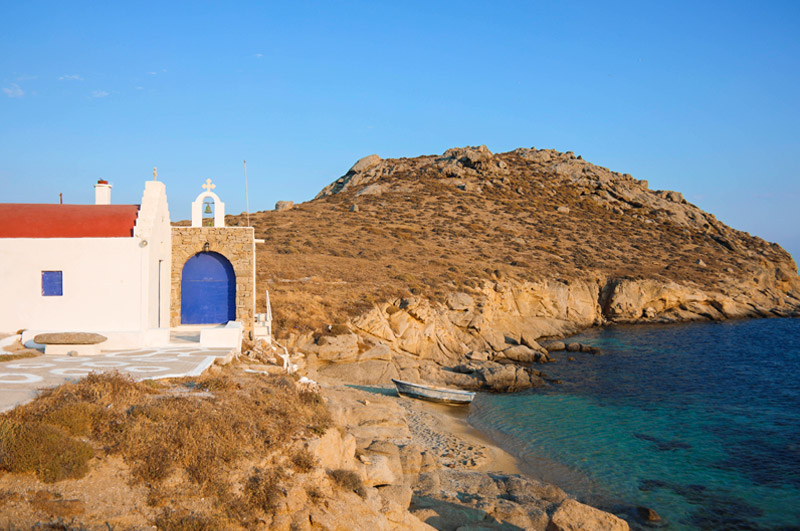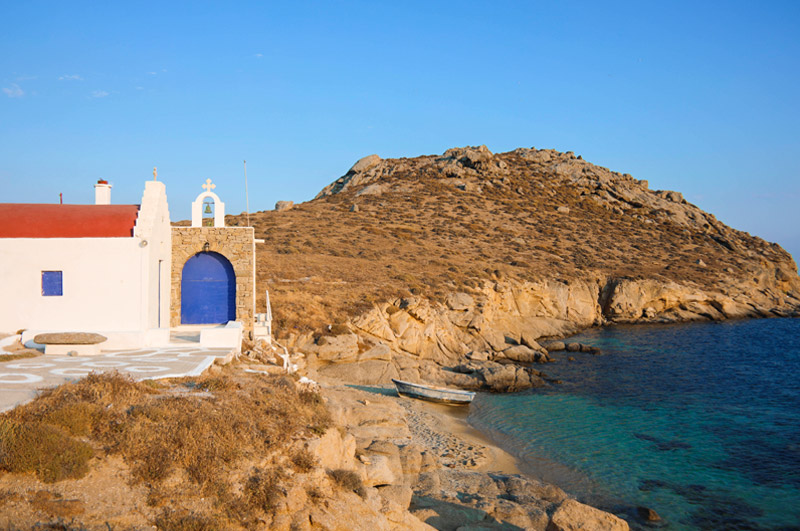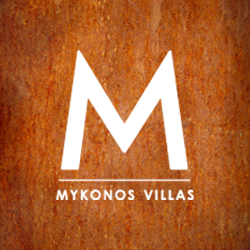In a fascinating country like Greece, home —among others— of Parthenon and Delphi, surrounded by friendly azure blue seas, with hundreds of picturesque islands and an amazing landscape, the question is: why Mykonos? What is so special about this dry rock planted in the Aegean Sea that attracts millions of visitors from around the world? Here are a few reasons why, that will definitely make you want to catch the next plane there!
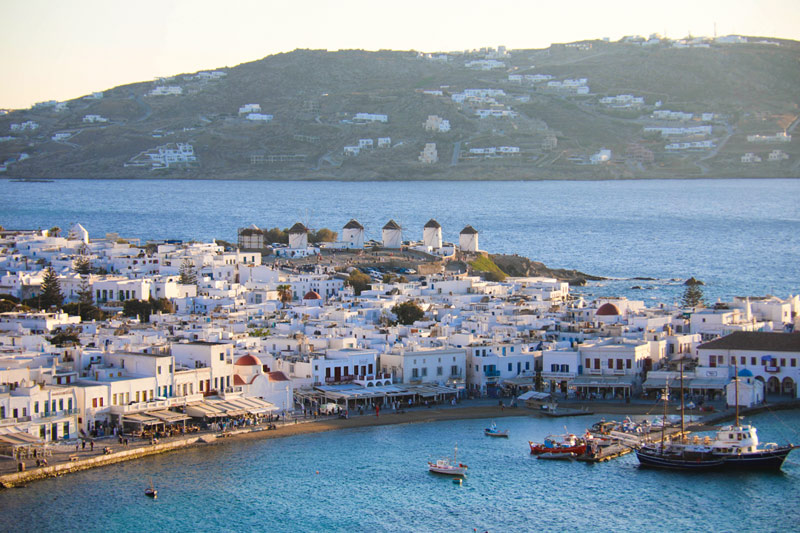
Blue-blood DNA
Besides its amazing beauties, Mykonos “knows” that its guests should be treated like royalties. The locals have known it since the late ‘50s, when the port of the island was still too small to accommodate ferries and disembarkation used to be a real challenge. Even then, the most prominent people in the world would meet in Mykonos for their summer holidays; tycoons, stars, VIPs and —of course— royalties! Pictures of Soraya the “sad princess” or Grace Kelly onboard elegant yachts moored out of Mykonos’ spectacular beaches, was reason enough to create a frenzy about the island.
Weather to die for
The climate in Mykonos is typically Mediterranean, with mild winters and hot, sunny summers. It can also be very windy; this is why Greeks call it “island of the winds”, which also justifies the fact that it is full of beautiful old windmills. Average temperatures range from 10°C in January to around 30°C in July and August. Beach life normally starts in April and lasts till early November, while there are many warm, sunny winter days, tempting daring swimmers!
Never hungry!
Local, Greek, Italian, Japanese, Chinese, French, Argentinean, Indian; just name it and you will find it, either in high-end international restaurants or in humble seaside taverns. Besides, as a local friend says, if you are never hungry you are also never angry! Also, while in Mykonos make sure you try the local kopanisti, a spicy soft cheese, louza, slices of spiced, cooked pork and amygdalota, the famous almond cookies that will take you to heaven!
Contradictions
Mykonos is full of them! We give you one example that may be enough: on summer Sundays, around 10am, there are two groups of people meeting around town: one consists of all night partyers having a last drink or espresso in trendy bars before going to sleep. The other group consists of men exiting from church after the morning services (while the women fly home to cook for the typical Sunday family lunch) and crowding the traditional kafeneia for a cup of slowly brewed Greek coffee or an ouzo with “meze”; that is, strong liquor and delicious bites. Not much of interaction between the two “tribes”, but still a great contradiction!
▶ What are you waiting for? Take a look at our special offers, book your villa and get ready to experience everything that Mykonos has to offer!

